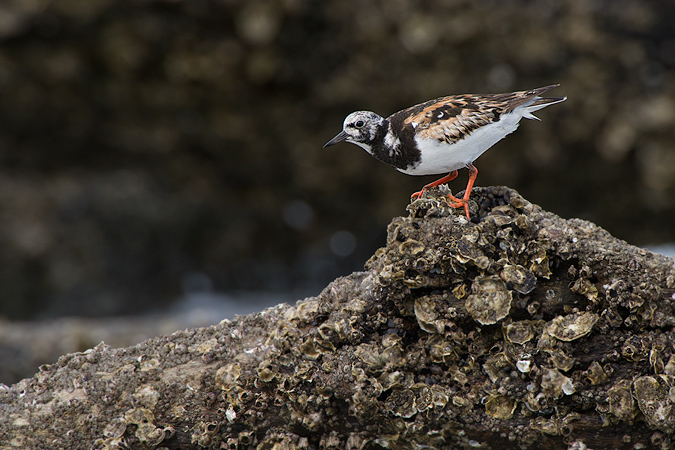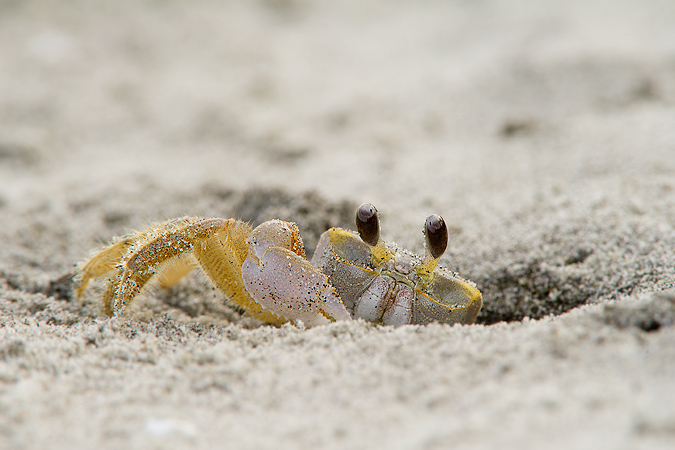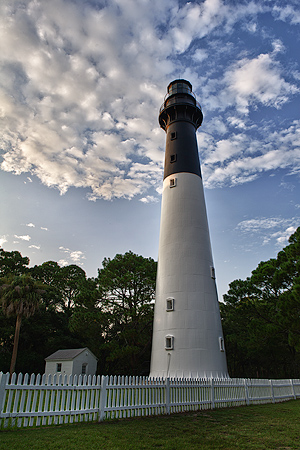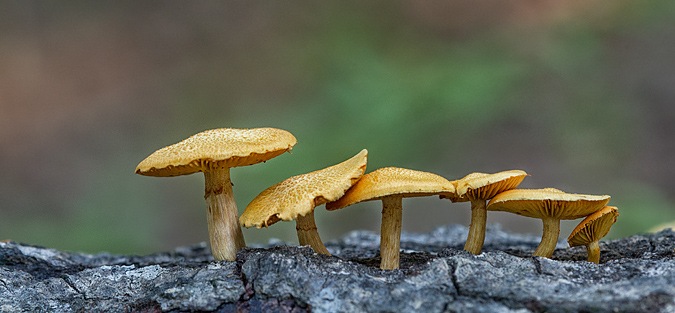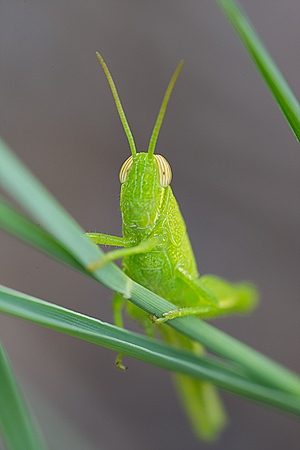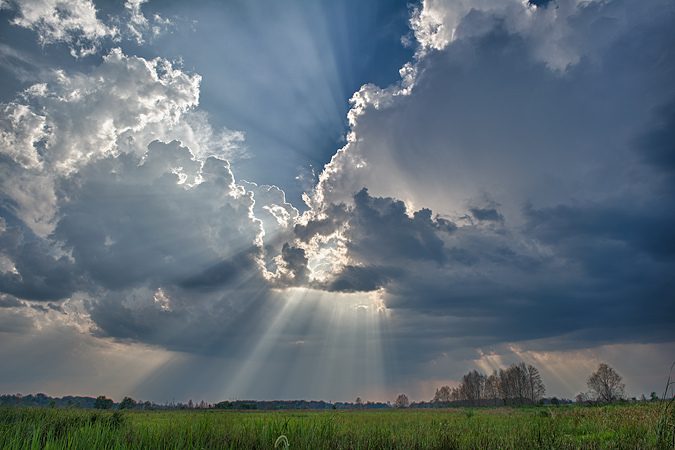As the crow flies, Hunting Island State Park is only about 20 miles from where I live. But water makes things a bit more complicated. To reach it I have to drive something that looks like a circle and takes about an hour. It’s a shame because Hunting Island State Park is a real gem. Today I took my first trip out there and was quite impressed by the area. I first hit up the beach looking for wildlife. Some early shorebirds were around having ended their breeding season up in the Arctic. Kind of amazing to think that they have made their way down to South Carolina already. Ruddy Turnstones were one of the early migrants that were already down here.
As I walked along the beach I noticed that there were a LOT of Ghost Crab holes. Many more than I had been able to find near Hilton Head Island. With so many, I decided to get low to the sand and wait. Much of wildlife photography is spent waiting, and luckily this was a pretty short wait. In a short amount of time the crabs decided that they could tolerate my presence and came out of their burrows. Many of them spent some time fixing their burrows or chasing each other. I found that an image of one starting to come out of its burrow captured the half-subterranean life they lead.
While Hunting Island is a gorgeous location filled with pristine salt marsh and beach, it also have a few elements of human touch. The most dominant by far is a picturesque lighthouse that towers over the island. I had some clouds in the sky – a welcome addition – and some late light as I captured this image. To deal with the dynamic range of the scene, I opted for an HDR treatment that remained true to the way the scene looked.
Summer is going strong in South Carolina. That means that the light is harsh, the temperatures are hot, and the wildlife is relatively inactive. So in these kind of conditions, I decided to do a little bit of macro work. There is a great little woods just a few miles from home. Sounds perfect, doesn’t it? Well it kind of was. There were some great little mushrooms in the woods and I had a blast photographing them. But… to do this kind of macro work you need to lie on the ground. Down here in South Carolina, there are these tiny creatures called chiggers. They are so small, you can’t see them. Normally they bite lizards, but they aren’t the smartest creature. You have probably guessed it, but they bit me today – a lot of times. You don’t feel it when they bite, you feel it hours later (technically instead of biting, they secrete an acid which dissolves your skin). The bites last for over a week and they are very irritating. Of all the things that can bite, chiggers are the worst. I love the mushrooms, but hate the chiggers.
A friend asked me what do you do as a wildlife photographer today. So I told him what I did today. I stared at holes – for hours. And nothing came out of the holes. Gopher Tortoises used to be all over the coastal plain of South Carolina. This area was dominated by a longleaf pine ecosystem. Nowadays, this ecosystem is nearly gone – usually replaced by loblolly pine. Longleaf pine ecosystems require fire to persist – without the fire, loblolly comes in. Well the story goes further. Gopher Tortoises live in longleaf pine forests. Without many of these forests left, the tortoises are severely endangered in South Carolina. Today I went to one of the best places to see the tortoises in hopes of seeing one. I found many active burrows and did see a young tortoise that climbed back into its burrow. So I sat a distance from one of the larger burrows waiting in hopes that the tortoise would come out. It didn’t. Spring is a better time by far for this, but I wanted to give it a try. The good news is there were quite a few burrows. The bad news is that this longleaf pine forest is pretty small, so although it is dense, the population of tortoises is pretty small. While waiting for the tortoise, I did photograph this young grasshopper nymph.
Life has been full of changes lately. After many years in the Ann Arbor, Michigan area, I moved across the country to Bluffton, South Carolina. This puts me at the southern tip of South Carolina only a couple of hours from Florida. I had a bit of unpacking and settling in to do, but I was glad to be able to finally get out and photograph. There were several reasons for moving down to South Carolina, including proximity to my parents, but a big reason was my photography. I spent many summers down here during my childhood and am very familiar with the wildlife of the area, although not from a photographic perspective. It felt strange to finally be a “local” and try to capture some images of the wildlife of my new home.
It started off slow, real slow. I was visiting Savannah National Wildlife Refuge which in the past has been loaded with birds, alligators, and other animals. Today, I couldn’t find a feathered, scaled, or furred creature in a decent situation. Maybe an hour into my search, the weather took a quick turn. Immediately storm clouds gathered and the pressure and temperature dropped. I’ve seen a lot of big storms before, but this was one of the biggest I have seen and among the fastest to form. I desperately looked for some way to capture the amazing clouds and light that were coming in. I had a few minutes to capture some images before the deluge began. In this kind of situation the dynamic range is huge, and I used a 7-frame HDR exposure to capture it (like all my HDR photos, I used realistic processing). As I returned to my car soaked, I’m sure my face had a big grin at how I came looking for animals and was returning home early with some clouds. You have to go with what life gives you, whether in Michigan or South Carolina.

